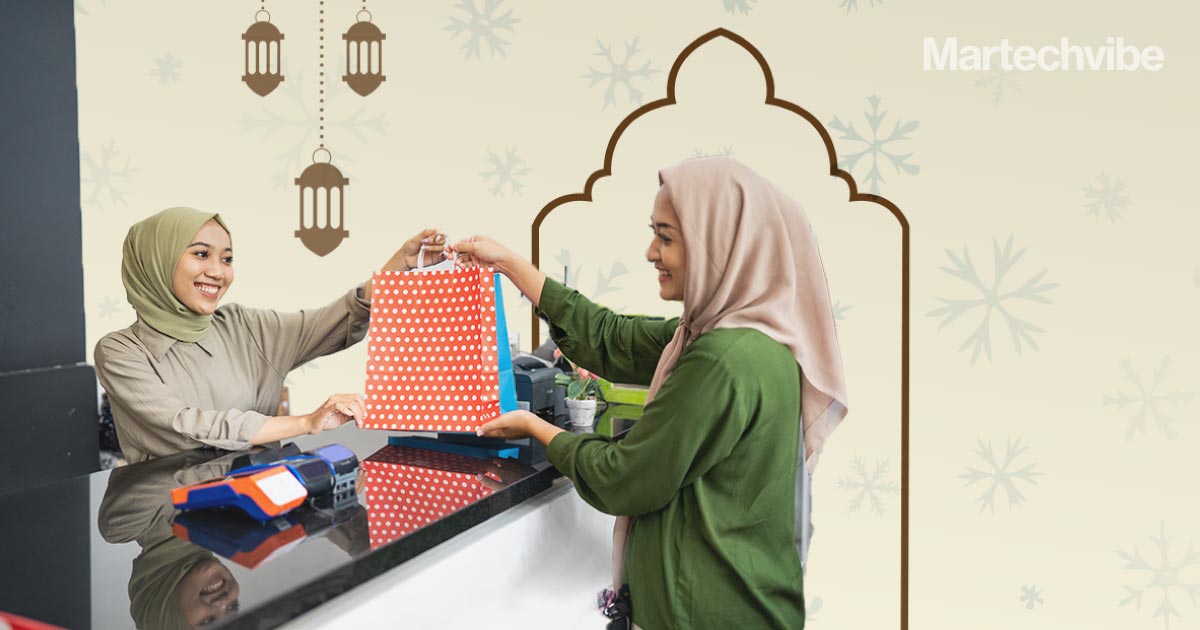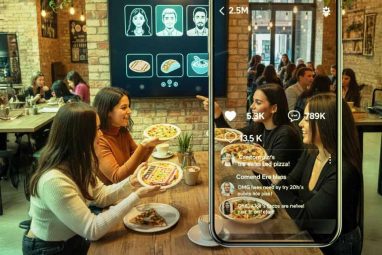5-Step Actionable Framework to Boost Ramadan Sales and Drive Loyalty
Retail sales during Ramadan are predicted to reach USD 66 billion in 2024. Brands need to ensure that they retain customers and engage with them even after the festive period. Here is a 5-step framework to help brands attract, retain, and re-engage customers.
Topics
What to Read Next
- TripleLift Announces Partnership with Attain to Unify Context and Commerce
- Seedtag Partners with IRIS.TV to Expand Contextual Signals for CTV Targeting
- Magnite, Cognitiv Announce Deep Learning Integration for Real-Time Curation
- Dscout Announces Integration with HeyMarvin
- Comscore Launches Program-Level Capabilities within CCM

Ramadan presents a unique opportunity for enterprise brands from the Middle East and Africa to capitalise on the season’s cultural and religious significance. Historically, Ramadan has remained a peak season, with consumers heavily spending on food, clothing, travel, and gifts.
And 2024 is no different.
In fact, a report shows that during Ramadan, 93% of consumers look forward to spending time with family, while 73% prefer donating to charity.
Understanding these nuances can help brands connect deeper with consumers through content that reflects more personal preferences. However, there is a trick to getting personalised content right. Brands must go beyond just being contextually relevant and ensure they’re situationally relevant, too.
In a nutshell, brands with the right means and offerings can tap into the growing Ramadan economy and establish themselves as leaders in the market.
To understand this deeper, here is the 5-step framework to help brands attract, retain, and re-engage customers this Ramadan:
Creating a Memorable Onboarding Experience
Whether it is a first-time or repeat customer, app/website friction can always negatively impact the consumer experience. It becomes essential for brands, especially during high-frequency times like Ramadan, to provide a frictionless, user-friendly onboarding experience that will eventually go a long way in engaging with customers in the future.
Knowing Your Customer is a Prerequisite
The number of notifications on an average day ranges between 50 and 70. One can only imagine the increase in volume during a festive season. So this begs the question, how can brands make themselves stand out?
Now, it is imperative for brands to understand their customers by exploring all customer data (responsibly), like their likes and dislikes, the time they are active (especially during Ramadan), and the channel of communication they prefer.
Building a Retention Masterpiece With Personalisation
Personalisation is not a new strategy or term. Brands now have well-adopted personalisation, whether basic or advanced. What will make brands stand out in 2024 will be how well they are able to stitch data and provide similar kinds of personalisation across all offline and online channels using the power of artificial intelligence (AI).
But it’s not just about technology. It’s about how brands are able to leverage technology as an enabler. For example, tea brand Lipton in Ramadan 2023 leveraged data and insights to reach out to consumers at specific moments (after iftar, while watching series, etc. with family.)
Also Read: 5 Inspiring Ramadan Brand Campaigns in 2024
Leading with Empathy for Longevity
As established before, Ramadan (followed by Eid) is not a usual shopping festival where discount campaigns will cut it. To stand out in the crowd, brands will need to fuse their campaigns with a theme of empathy, care, sustainability, charity and togetherness. Communication, like informational newsletters and updates on prayer times, etc., can go a long way in retaining customers.
In fact, 90% of consumers prefer buying a product that has a sustainability aspect. Additionally, 2 in 5 consumers in KSA care whether their beauty brands avoid any harmful/additives in their products.
Considering such factors while building their next message can definitely help brands make this Ramadan big.
Making a Loyalist for Life
A staggering 65% of a company’s revenue typically stems from repeat business with existing clients. It’s not just till Ramadan or Eid. It is also not just about attracting or engaging with customers only during a festive time.
Brands need to ensure that they retain customers and engage with them even after the festive period. The focus again boils down to how well brands can engage with customers, but this time on an average Wednesday.
Festive period or not, leveraging insights from different interactions with customers is the only way brands can create those exquisite experiences. To aid this activity, brands can leverage a customer engagement platform (CEP) as an enabler. The platform can help them curate data, orchestrate communications, and build relations – leading to incremental growth in revenue through increasing repeat purchases and improving LTV.
CEPs Create the Magic of Retention
With the help of a CEP, enterprise brands with offline and online presence can leverage the power of segmentation, predictions, and AI to build personalised, contextual campaigns that address the consumer’s needs.
Using a CEP, enterprise brands can communicate with customers by building omnichannel journeys based on preferred channels and preferred time of communication. In fact, brands can leverage a CEP during the month of Ramadan to communicate with their customers through various channels like WhatsApp, Push Notifications, Emails, SMS, etc.
For example, brands can follow this 30-day calendar that offers a framework for customer engagement for the holy month of Ramadan, using all the different messaging channels.
Conclusion
CEPs are equipped to capture and unify customer data from multiple sources and create relevant customer journeys that offer individual context for every single customer at scale. Not just that, CEPs are also known to make life easier for brands by improving operational efficiencies and making go to market faster.
In Ramadan 2024 and beyond, brands should use the power of partnership with CEPs to build customer-centric campaigns that are:
- Well segmented
- Covers situational and contextual relevance
- Well-timed (based on customer behaviour)
This approach can play an instrumental role in boosting customer loyalty.









































































































